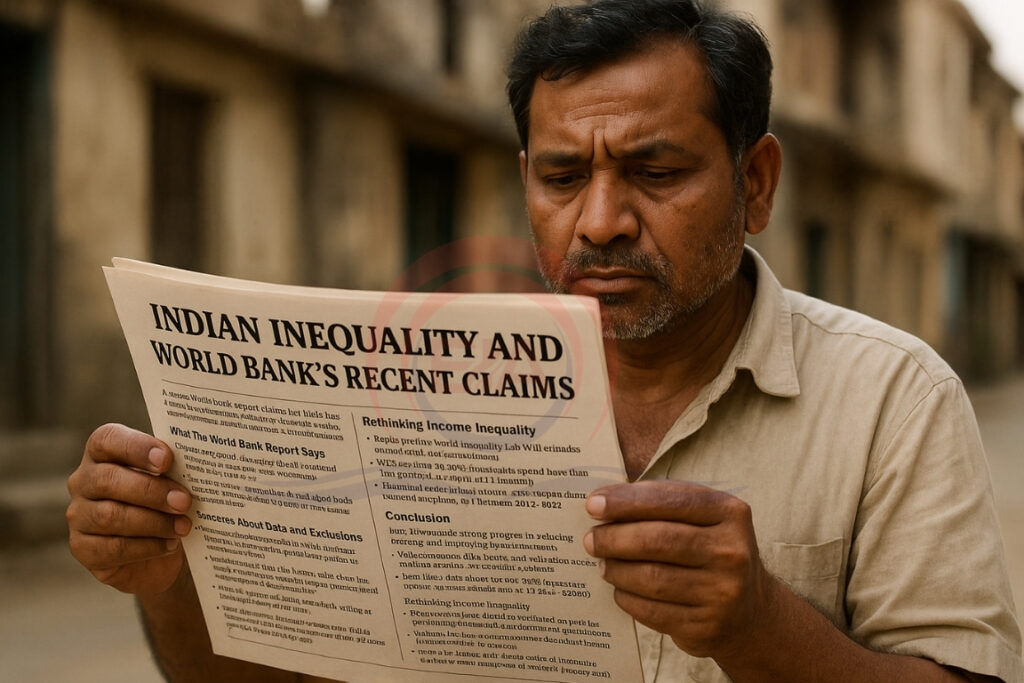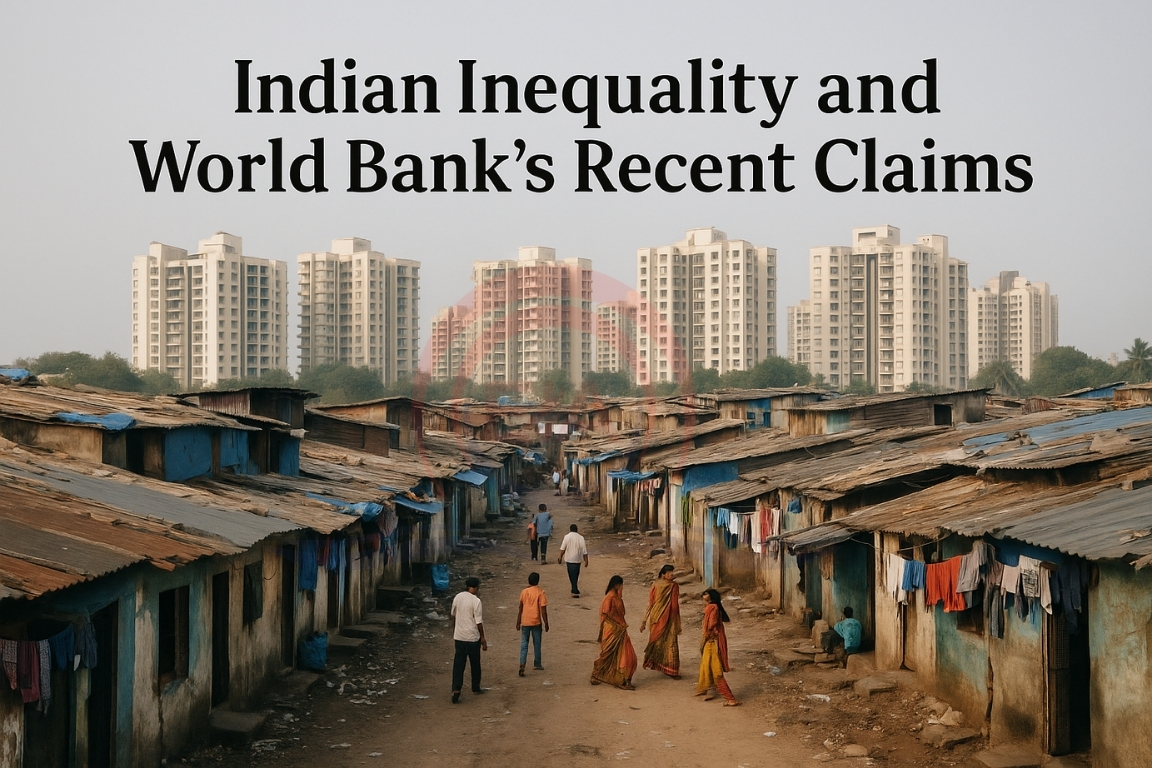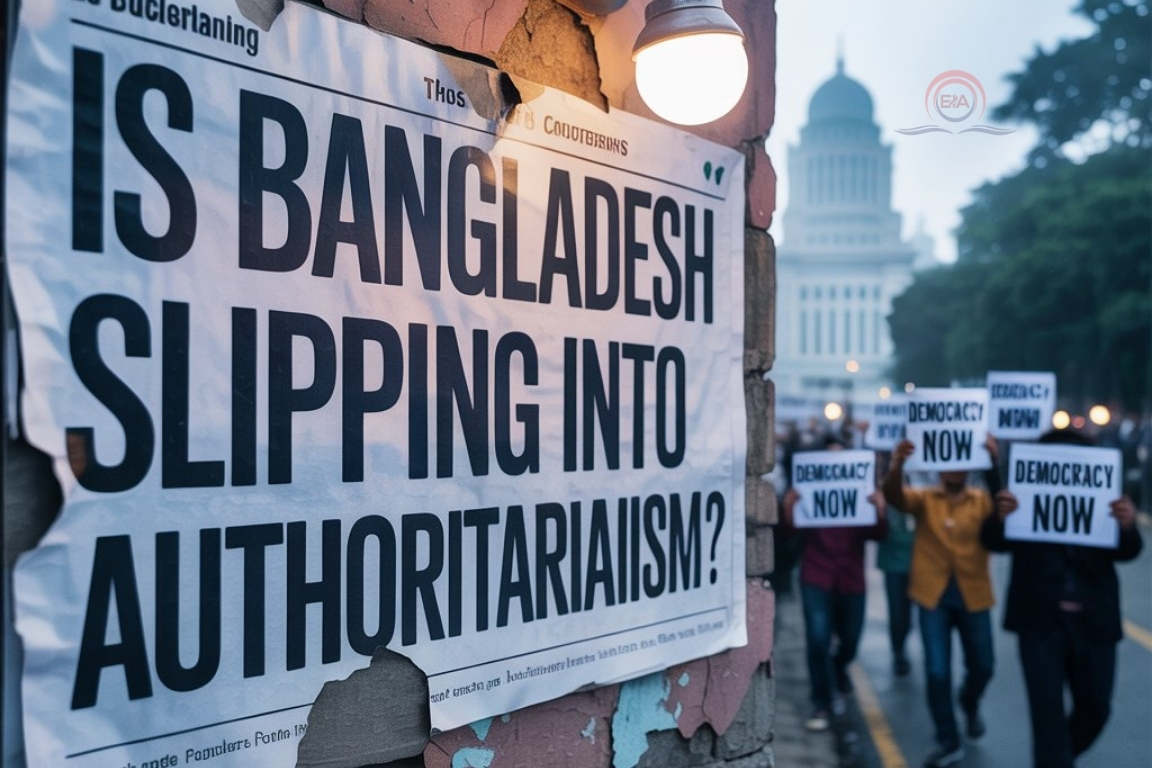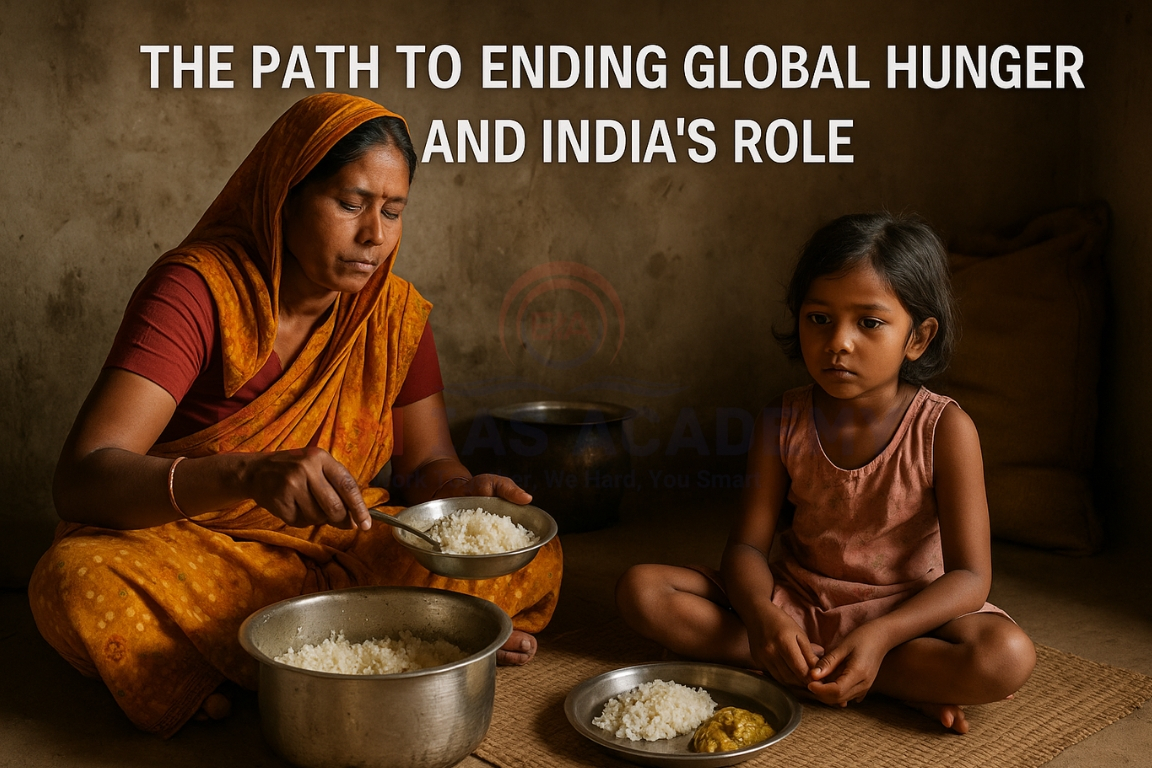A recent World Bank report claims that India has nearly eliminated extreme poverty and reduced consumption inequality, leading to a debate on inequality measurement and economic progress.
What the World Bank Report Says
- Based on Household Consumption Expenditure Survey (HCES) 2022-23.
- Shows a drop in consumption-based Gini coefficient from 28.8 (2011-12) to 25.5 (2022-23).
- Claims India ranks among the least unequal countries globally in terms of consumption inequality.
Concerns About Data and Exclusions
- Critics argue HCES data misses elite/rich consumption, leading to underestimation.
- However, this is a global survey limitation, not specific to India.
- Even with such gaps, the bottom 95% show improved consumption patterns.
Signs of Improved Living Standards
- Rise in milk (45%) and egg (63%) availability per person between 2012–2023.
- Fruits and vegetables consumption increased across all income groups.
- Among rural poor, fruit consumption rose from 63.8% to 90% since 2011-12.
- Poverty reduction is evident across indicators, pulling 27 crore people out of extreme poverty (based on $3/day line).
Rethinking Income Inequality
- Media often cites World Inequality Lab (WIL) estimates based on old data and assumptions.
- WIL assumes 70–80% households spend more than they earn—an unrealistic premise.
- Even their data shows bottom 50% income share rose, and top 10% share fell between 2017–2022.

Need for Better Measurement
- Income inequality should be calculated on post-tax and post-transfer basis.
- Welfare schemes and taxes reduce the actual income gap.
- For example, the top 1% pay over 42% of income tax in India.
Conclusion:
India has made strong progress in reducing poverty and improving living standards. While challenges like health and education access remain, the debate must also recognize the country’s positive achievements.





